What is DHI Hair Transplantation?
DHI, or Direct Hair Implantation, is a state-of-the-art hair transplant technique that stands out for its minimally invasive approach and natural results.
The DHI Principle
DHI involves extracting hair follicles one by one from the donor area (usually the back of the head) using a precise instrument. The grafts are then directly implanted into the recipient area without creating any pre-incisions.
Advantages of DHI
- Invisible scars: The absence of incision channels allows for optimal and invisible healing.
- Natural results: The precise implantation of the grafts allows for the reproduction of the natural direction and density of the hair.
- Fast recovery: The DHI technique is less invasive than other methods, resulting in a shorter recovery time.
- Suitable for difficult areas: DHI can be used to treat hard-to-reach balding areas, such as the temples and the frontal hairline.

Before Dhi Hair Transplant
- Research thoroughly: Before opting for a DHI hair transplant, conduct comprehensive research about the procedure, its benefits, risks, and success rates.
- Consultation with a Specialist: Schedule a consultation with a qualified hair transplant specialist to discuss your candidacy for DHI, understand the procedure in detail, and clarify any doubts or concerns.
- Understand the Procedure: Familiarize yourself with the DHI procedure, which involves extracting hair follicles individually from the donor area and implanting them directly into the recipient area using specialized tools.
- Assessing Expectations: Realistically assess your expectations from the DHI procedure. While it can significantly improve hair density, it may not achieve the same results as your natural hair density.
- Pre-Procedure Preparation: Follow any pre-procedure instructions provided by your surgeon diligently. This may involve avoiding certain medications, alcohol, or smoking to optimize the success of the transplant.
- Post-Procedure Care: Understand the post-procedure care guidelines, including how to care for the transplanted area, medications to take, and any lifestyle modifications required for optimal results.
- Patience is Key: Be patient during the recovery period as the transplanted hair follicles take time to grow and mature. It may take several months before you see the full results of the procedure.
- Follow-up Appointments: Attend all follow-up appointments with your surgeon to monitor the progress of your hair growth and address any concerns or complications promptly.
- Maintain a Healthy Lifestyle: Adopt a healthy lifestyle, including a balanced diet, regular exercise, and stress management, to promote overall hair health and longevity of the transplanted hair.
Preparation for Dhi hair transplantation
- It is necessary to take a break from anticoagulants before hair transplant operations.
- Consuming alcohol and smoking: you must stop smoking a few days before the operation.
- You are going to be asked to inform the clinic about allergies, chronic diseases, and medications that you use regularly.
- It is important for women to avoid hair dye or henna before hair transplantation.
- If there is eczema or a similar skin disease on the scalp, the scalp should be treated by a dermatologist before the operation.

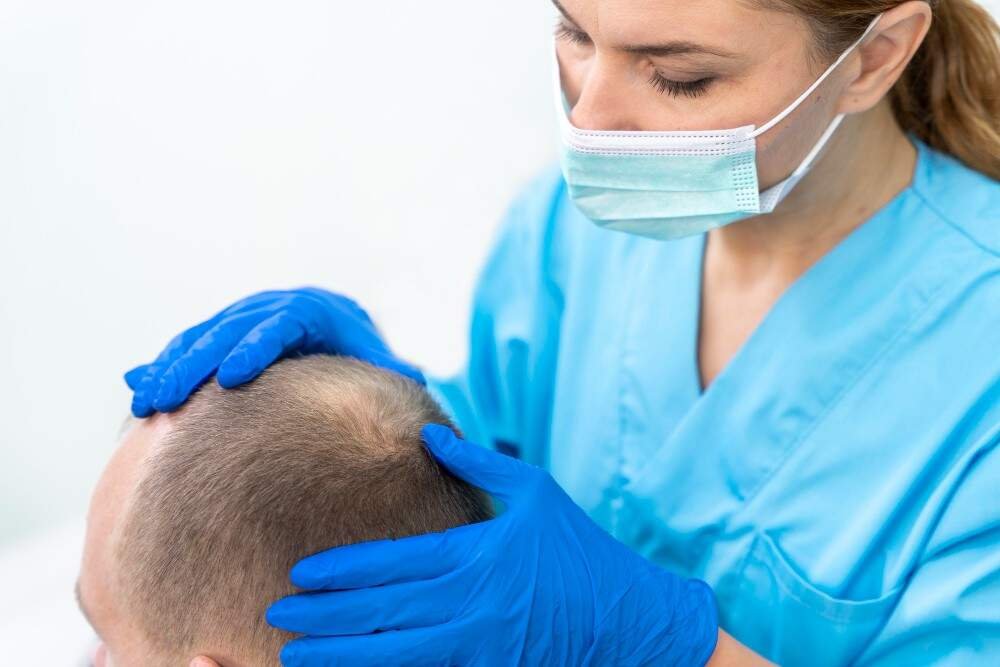



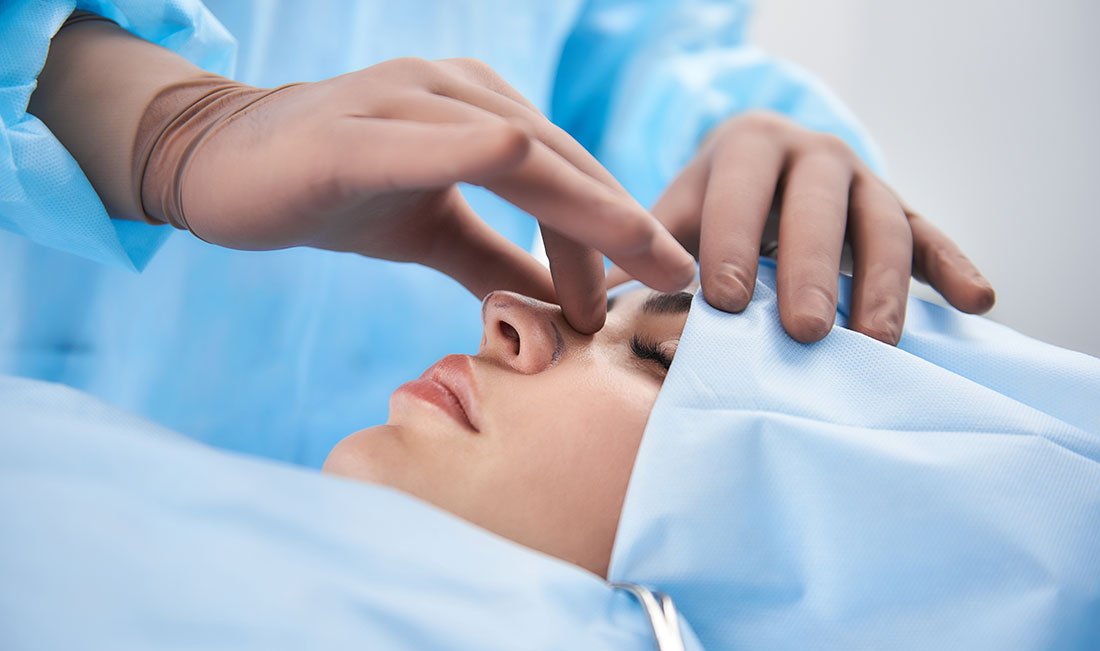


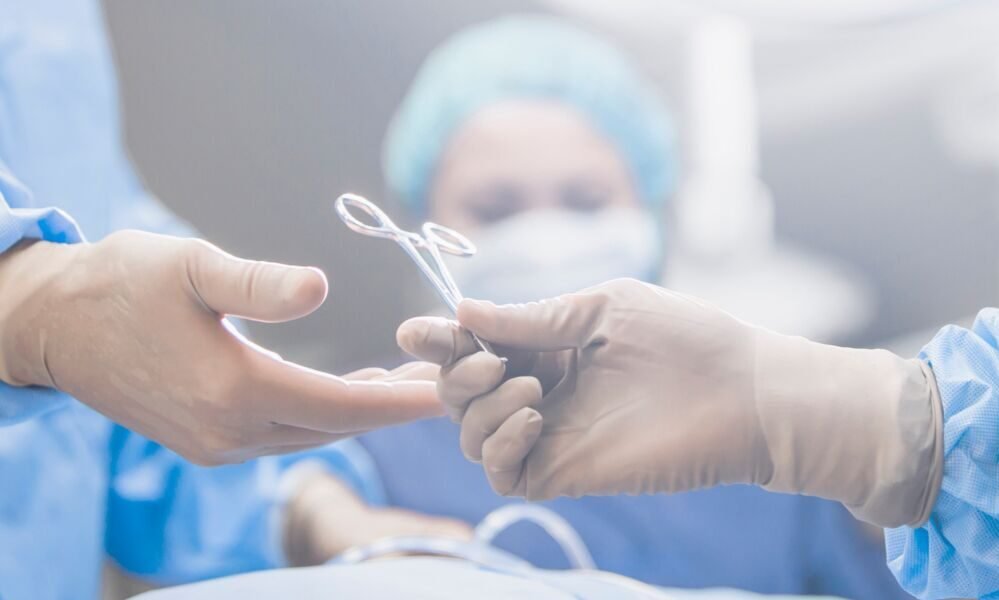


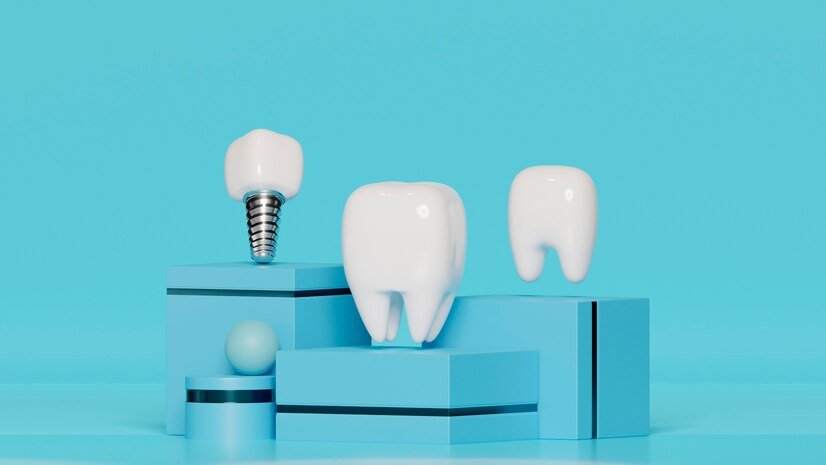










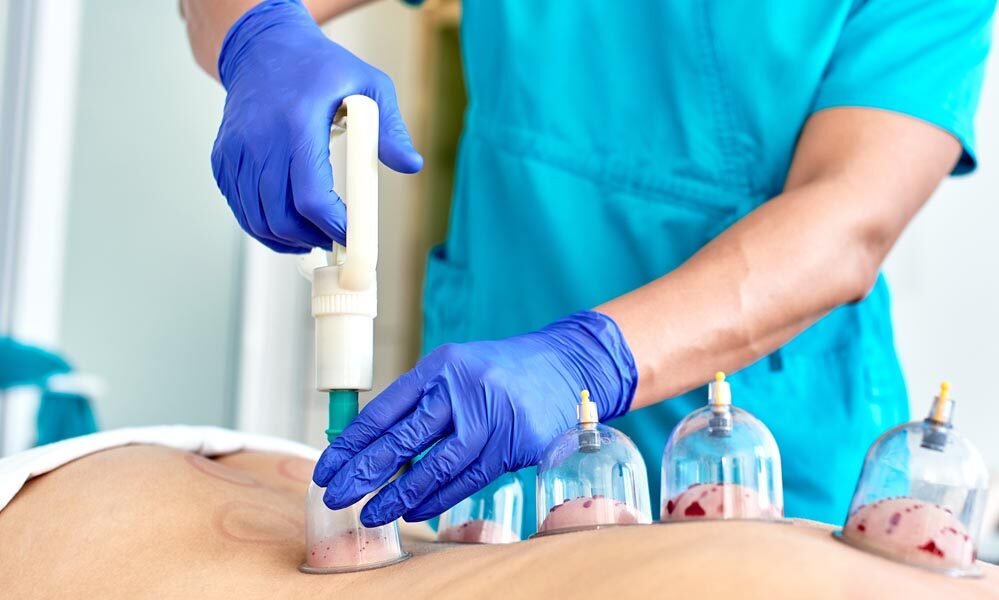


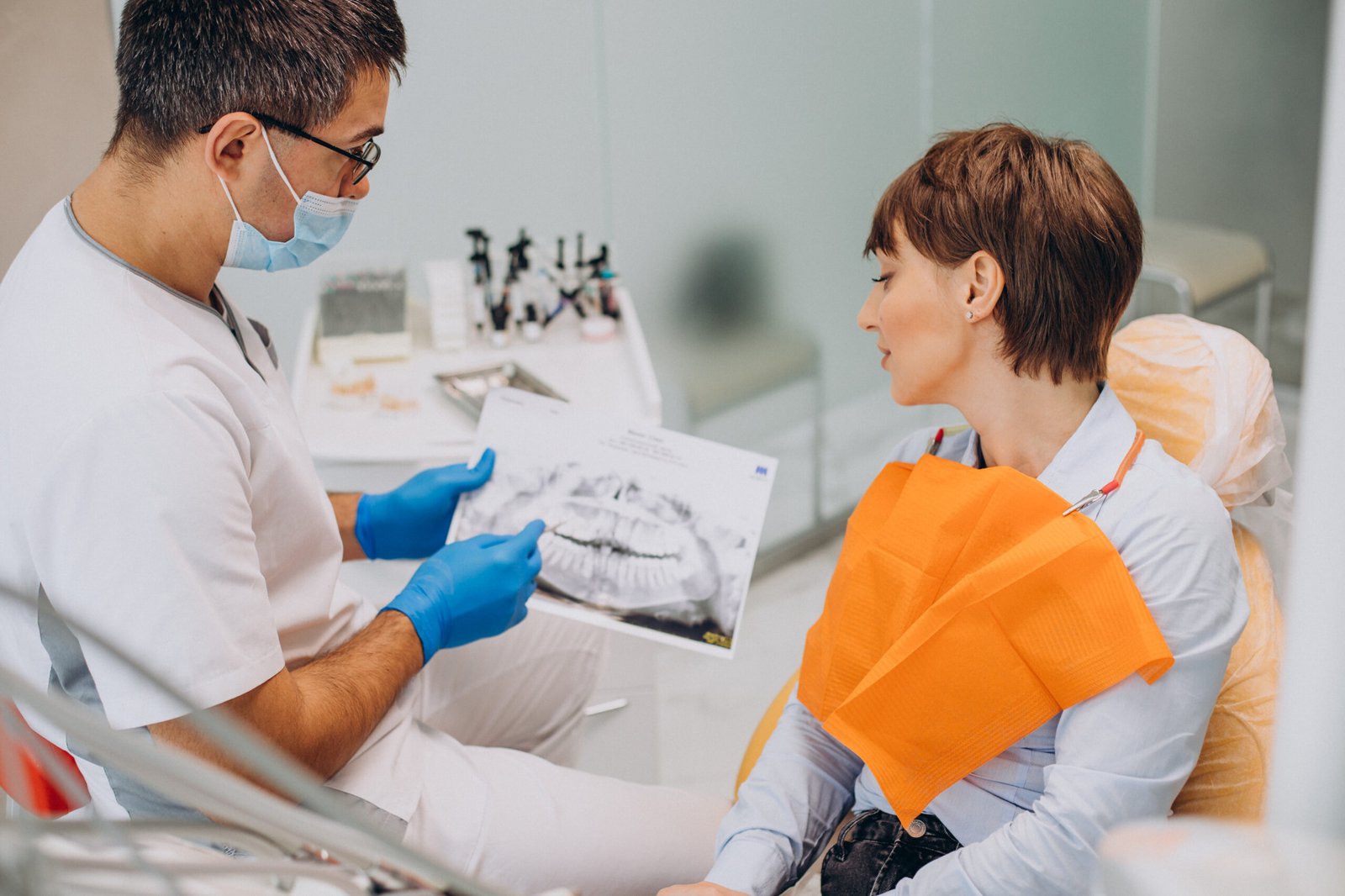
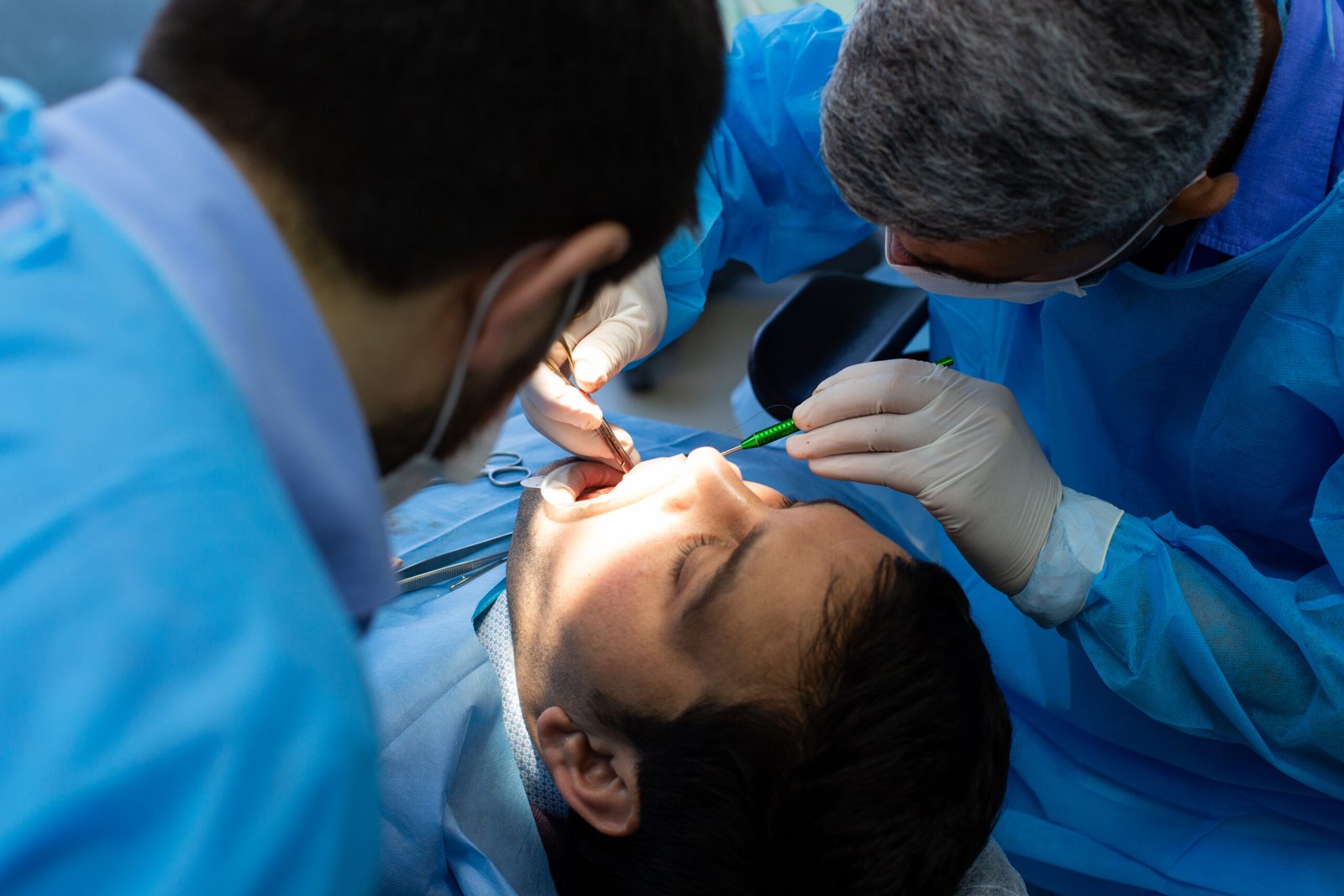





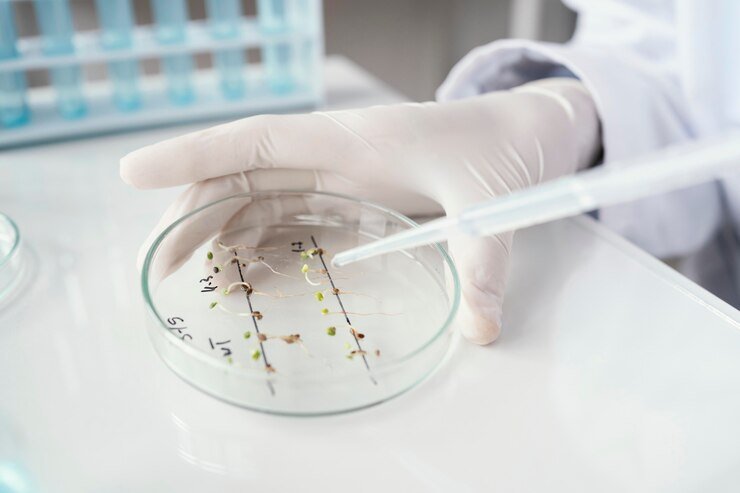






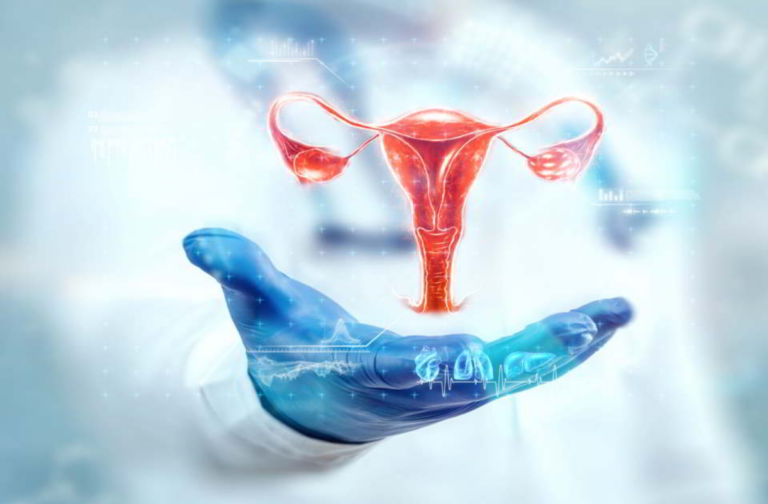
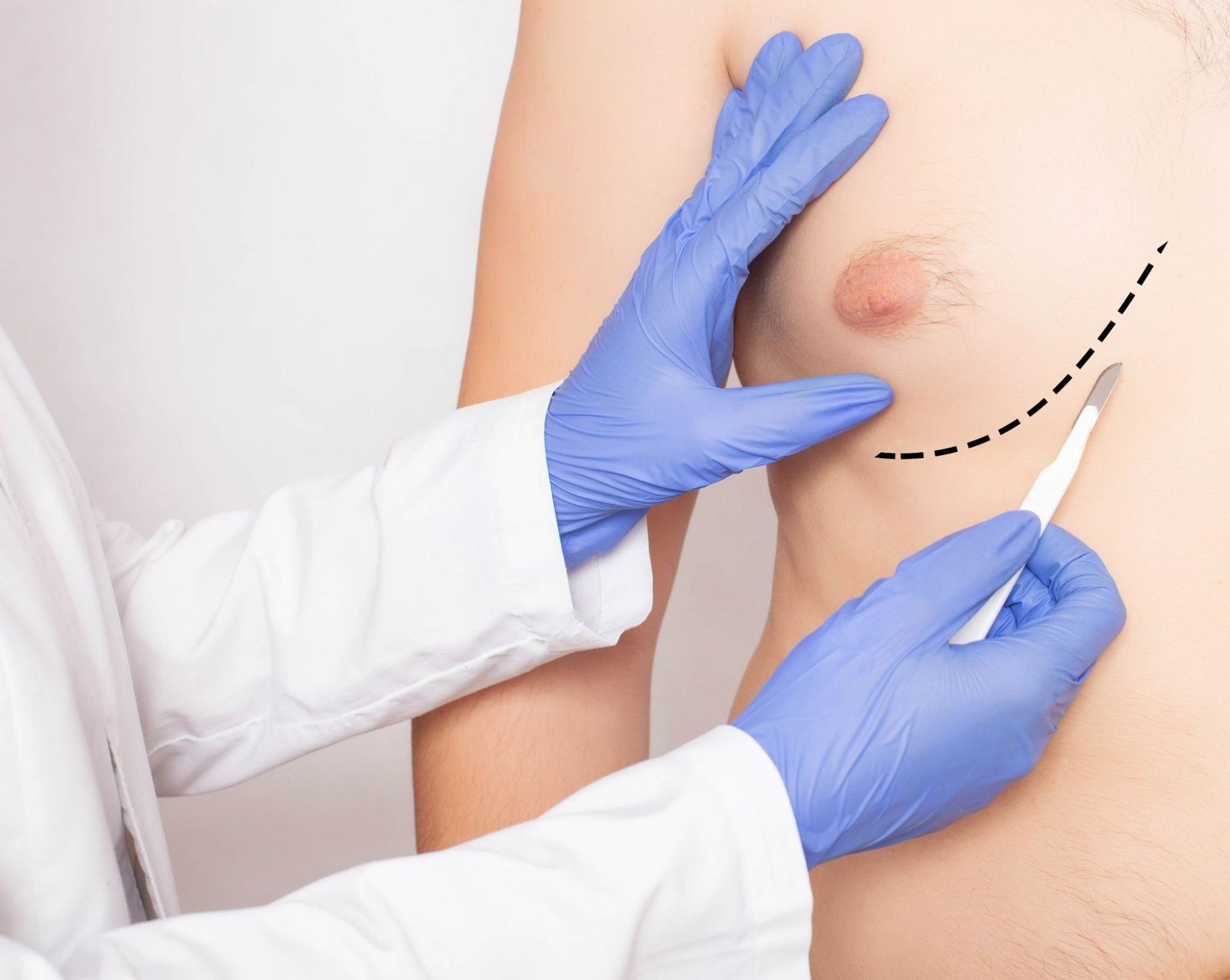






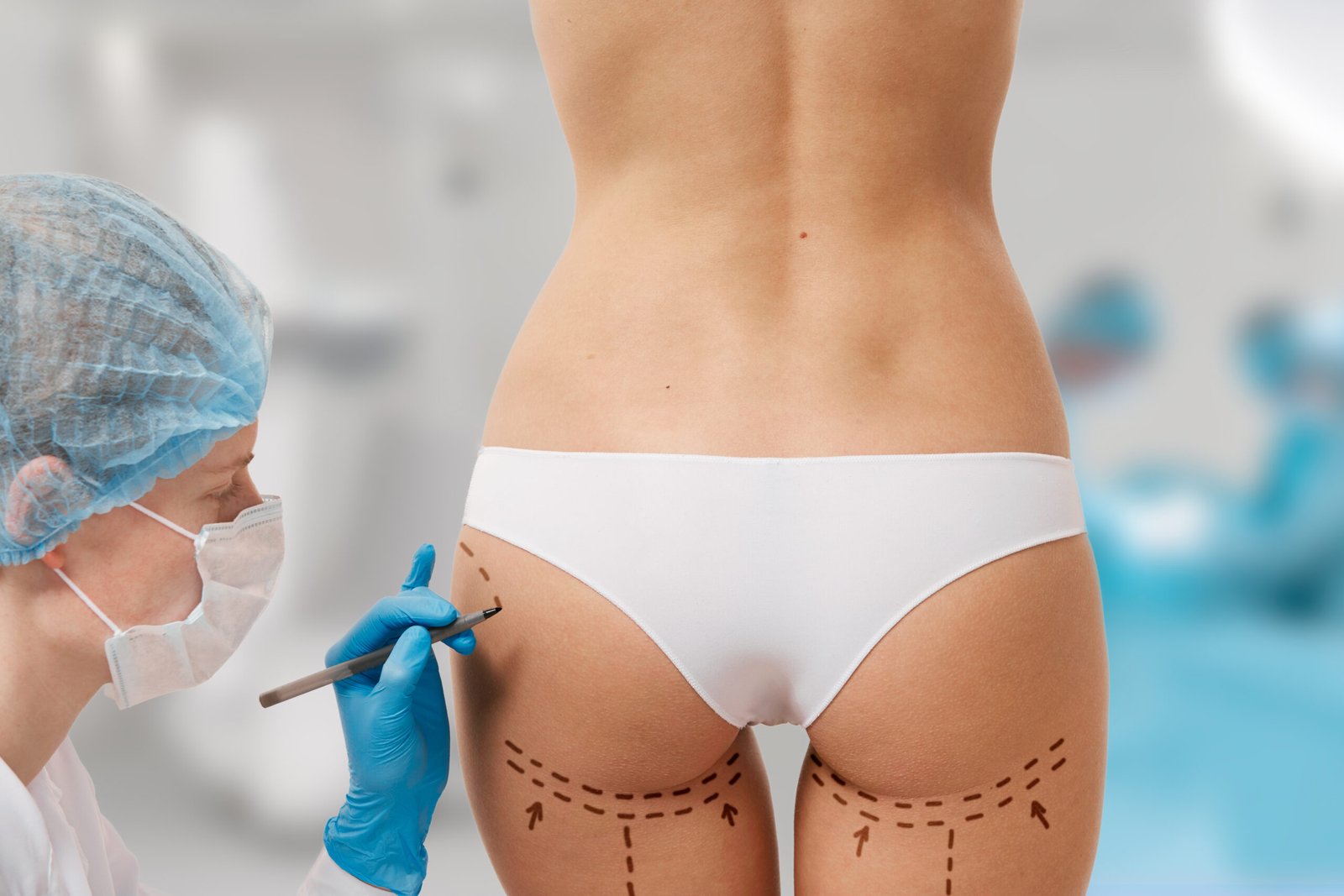


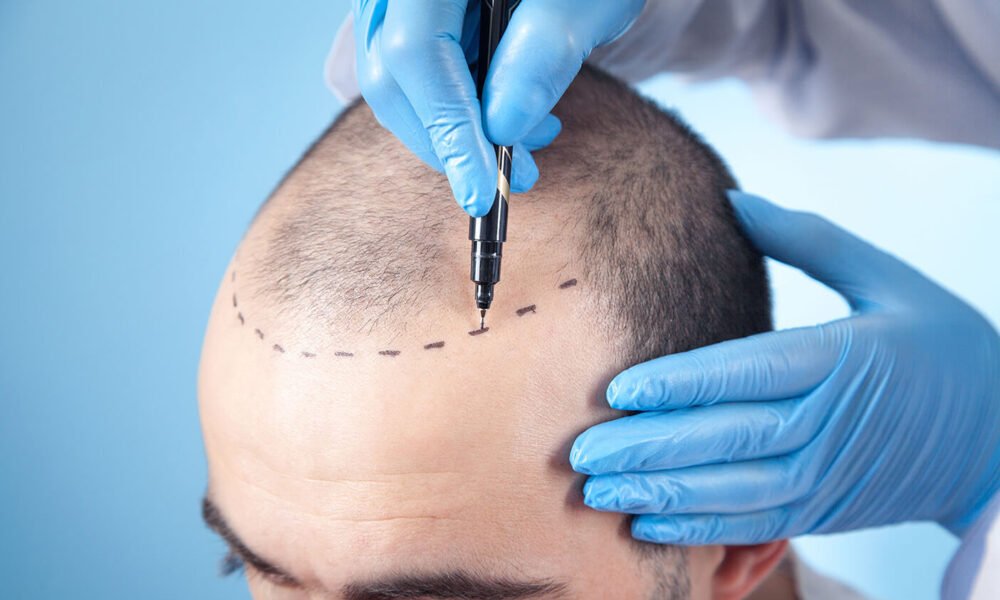
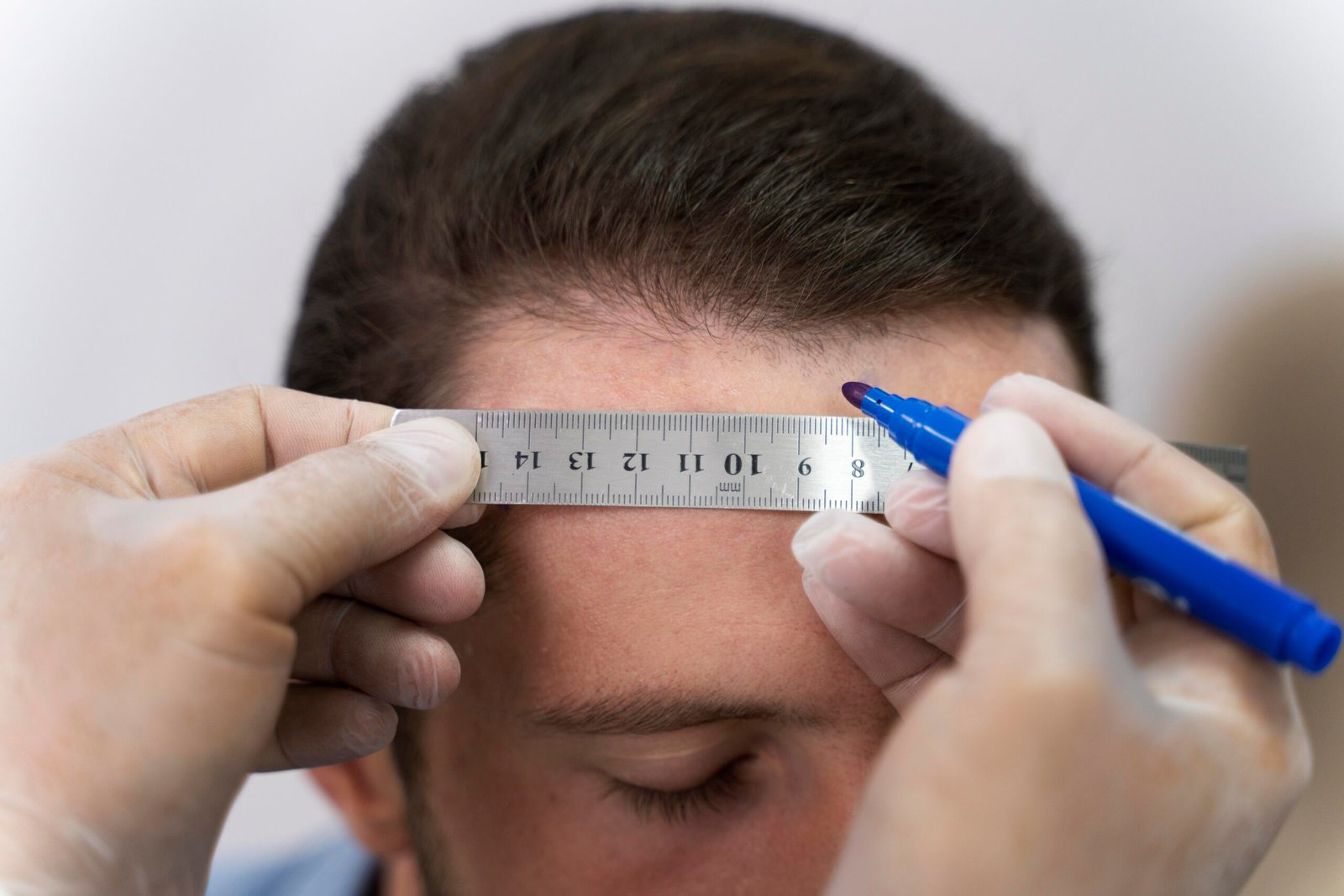

Name*
katana